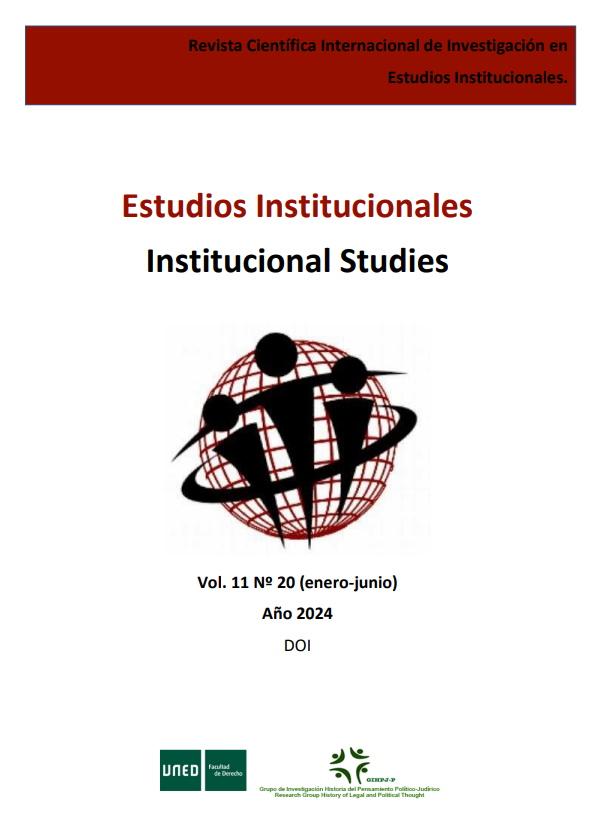Burgundian Ceremonial: a bibliographical review
DOI:
https://doi.org/10.5944/eeii.vol.11.n.20.2024.41477Keywords:
burgundial ceremonial, Palace labels, Order of the Golden FleeceAbstract
The European Royal Houses of the late medieval period used the ceremony as the staging of a propaganda program, responsible for the transfer of the image thar could best suit the institution and that best adapted to its own culture. They all drank from the same source: the ceremonial of the Byzantine Empire, trasmitted by the Carolingian Empire in Europe and the Visigoth Empire in the Iberian Peninsula.
The oats of homage and Fidelity, the coronations, the royal entrances, and all the personal acts that, whwn carried out by the figure of the monarch, acquired an official carácter -baptims, marriages, deaths- were celebrated through ceremonies in which the use of the symbols and the precedence agreed upon for the resto f the participants in the event were combined in the maneer established in the corresponding ordinances.
Etiquette became the essential ally of ceremonial and protocol, since the specific regulation of the way serving food or of dressing royal figures acquired a greater degree of complexity as the significance or prominence of the sovereign increased, and the people closest to him.
Each Royal House created and applied its own labels, with the Burgundian one and, later, the one that resulted from its adaptation at the Austrian court, being the most complicated in the history of the monarchy in central and western Europe.
The purpose of this artiche is to highlight the general features of the Burgundian ceremonial at the end of the 15th century and the beginning of the 16th century, base don a general rewiew of parto f the bibliography published on this issue. Special attention is paid to this chronological framework because it is that of figures such as Mary of Burgundy, her son Philip of Austria and her grandson Charles V.
Downloads
Downloads
Published
How to Cite
Issue
Section
License

This work is licensed under a Creative Commons Attribution-NonCommercial-NoDerivatives 4.0 International License.






